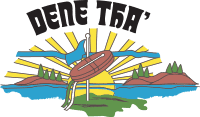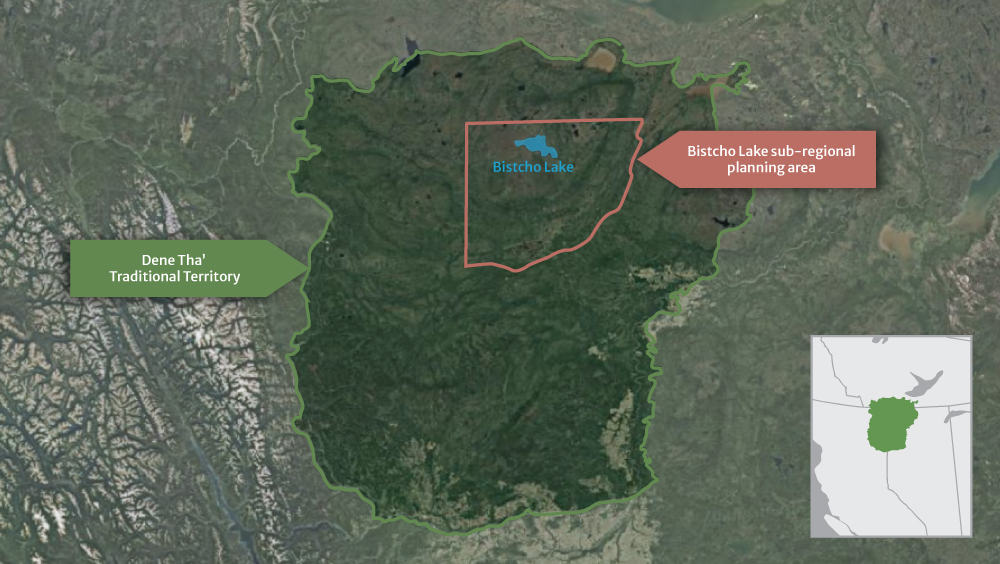This website is being updated. Updates will reflect on the end of 2024.
IPCA at Bistcho
Bistcho Lake and the surrounding lands are a significant cultural, spiritual, and harvesting place for the Dene Tha’ First Nation.
An Indigenous Protected and Conserved Area around Bistcho Lake is an opportunity to formally protect the region and represents a long-term commitment to conservation and Indigenous values.
Vision for Bistcho Lake
The protection and long-term management of the Bistcho Lake region aim to create social and ecological resiliency while providing a refuge for future generations of people and wildlife.
Today, Bistcho Lake and the area surrounding it remains relatively wild and largely undisturbed.
There is an opportunity for any plan or commitment to recognize and respect the rights of the Dene Tha’ First Nation and prioritize the protection of both cultural heritage and ecological integrity.
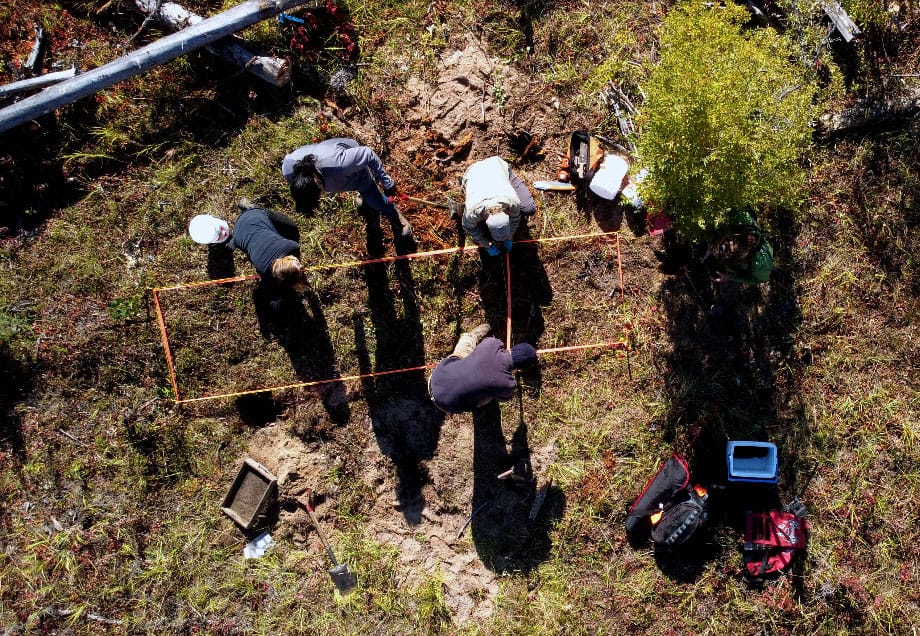
Goals for Protection
- Contribute to Canada Target 1 Goals
- Adaptive co-management by Dene Tha’ and the Province of Alberta
- Conserve critical caribou habitat and potential to be a part of the Bistcho range plan
- Allow potential for conservation efforts in British Columbia and the Northwest Territories
- Long-term commitment to conservation, Indigenous values and traditional food security
- Conserve unique sacred places, cultural areas, traplines and traditional harvesting areas
- Compliment an Indigenous Guardians Program
- Protect area from further disturbances and restore habitat to conserve biodiversity
- Support the goals of the North American Waterfowl Management Plan
- Contribute to Canada Target 1 Goals
- Adaptive co-management by Dene Tha’ and the Province of Alberta
- Conserve critical caribou habitat and potential to be a part of the Bistcho range plan
- Allow potential for conservation efforts in British Columbia and the Northwest Territories
- Long-term commitment to conservation, Indigenous values and traditional food security
- Conserve unique sacred places, cultural areas, traplines and traditional harvesting areas
- Compliment an Indigenous Guardians Program
- Protect area from further disturbances and restore habitat to conserve biodiversity
- Support the goals of the North American Waterfowl Management Plan
Models for Conservation
There are examples of protected areas that are managed or co-managed by Indigenous governments across the world. Lands are managed by the Indigenous communities on whose traditional territory the protected area is on, in sustainable and culturally appropriate ways.
Even though the models have different names, designations or management approaches, they all contribute to:
- A modern application of traditional values, Indigenous laws and Indigenous knowledge systems
- An exercise in cultural continuity on the land and waters
- A foundation for local Indigenous economies
- Opportunities to reconnect to the land and heal both the land and Indigenous Peoples
- An acknowledgment of international law (UNDRIP, CBD)
- An opportunity for true reconciliation to take place
Indigenous Protected and Conserved Areas are a model of land management that supports both conservation and Indigenous use of the land.
“Lands and waters where indigenous governments have the primary role in protecting and conserving ecosystems through Indigenous laws, governance, and knowledge systems.”
Indigenous Circle of Experts (ICE)
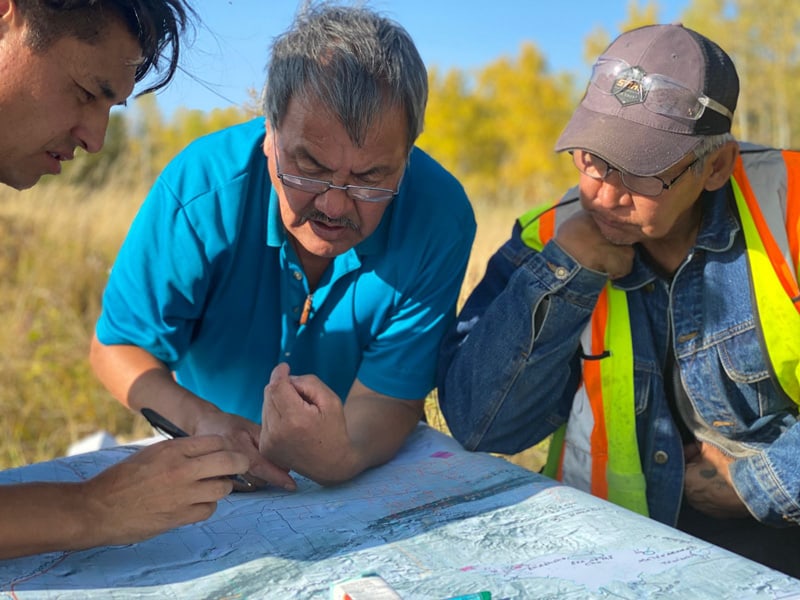
Core Principles
In 2018, the Indigenous Circle of Experts were asked to provide recommendations to achieve Canada Target 1: conserving 17% of land in Canada. Their recommendations outlined the goal of IPCAs in a Canadian context. There can be different terms or management objectives of IPCAs, but they share these three principles:
Indigenous-led
Indigenous governments have the primary role in determining the objectives, boundaries, management plans and governance structures for IPCAs as part of their exercise of self-determination.
Long-term commitment to conservation
Most Indigenous Nations take a multi-generational approach to stewarding their territories. It is important that an IPCA be a long-term commitment to conserving lands and waters for future generations.
Elevate Indigenous rights and responsibilities
Indigenous Peoples’ continued relationship with the land and water must be assured by acknowledging the authority that Indigenous governments have to work with their people on how to use the land and water while achieving conservation and cultural objectives.
IPCA at Bistcho Lake
The creation of an IPCA would start the journey for the Dene Tha’ First Nation to regain agency in stewarding their traditional lands, waters and resources.
In Alberta, some parks are cooperatively managed with Indigenous communities but there are no areas designated as an IPCA.
Even though there isn’t any specific legislation for protecting areas that are culturally, spiritually, and ecologically important to Indigenous Peoples as IPCAs, existing tools can be used to implement IPCAs.
An IPCA at Bistcho Lake is possible under current legal frameworks that protect areas that are important to Indigenous Peoples. It will be a model for reconciliation, inclusion and conservation.
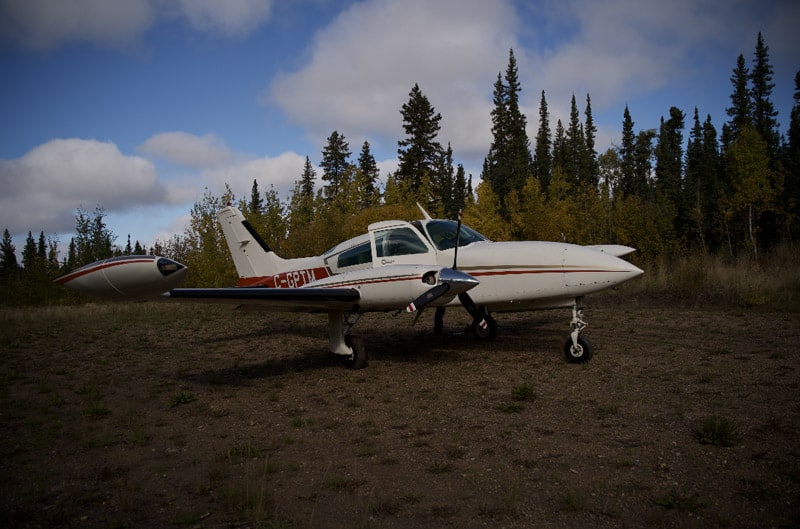
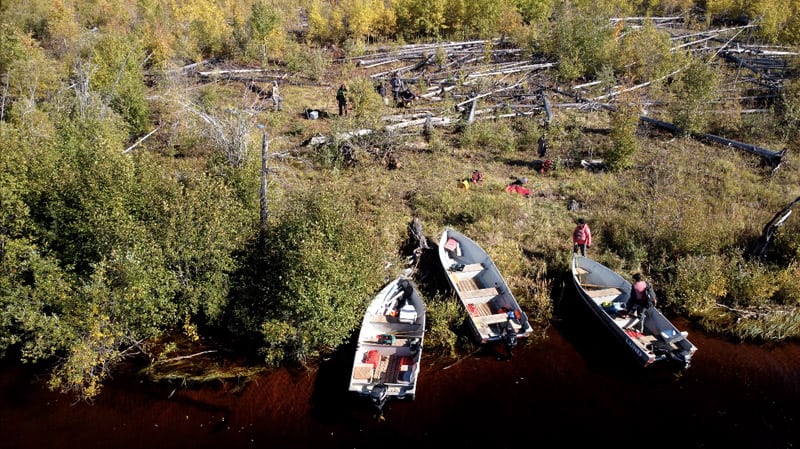
An IPCA is proposed around Bistcho Lake in northwestern Alberta, within a portion of the Bistcho Lake sub-regional planning area.
Dene Tha’s Traditional Territory extends over northeastern British Columbia, northwestern Alberta and southern Northwest Territories.
The Bistcho Lake sub-regional planning area surrounds Bistcho Lake in northwestern Alberta.
The conservation and management of the Bistcho Lake region cannot wait until it is formally protected. See our projects.
